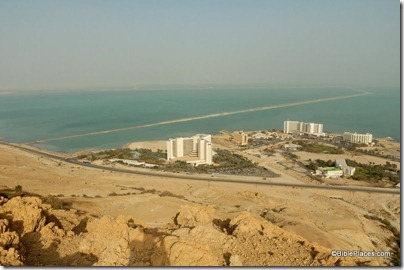Haaretz has a more complete story of the renovations of the Damascus Gate. This ten-month project is part of a larger four-year plan to study and restore all of the Old City walls.
Did Hatshepsut poison herself with skin lotion? A new study of an ointment bottle suggests that she may have.
The ASOR Blog reviews recent stories in the broader world of archaeology.
Eugene Merrill gives a brief summary of his experience excavating Khirbet el-Maqatir (Ai?) this summer.
Ten years and $1 billion dollars later, the Jerusalem Light Rail gave passengers their first ride yesterday.
Stephen Gabriel Rosenberg offers his “Archaeology in Israel Update” for July.
A new book on the expedition of William Francis Lynch down the Jordan River and around the Dead
Sea in 1848 is reviewed in the Wall Street Journal. The conclusion: David Haward Bain’s Bitter Waters: America’s Forgotten Naval Mission to the Dead Sea does not advance the story much beyond Lynch’s own account. If you have not read Lynch, however, you will not find it repetitive.
UPDATE (8/22): Booklist has a brief review of the book here.
HT: Jack Sasson, Charles Savelle

